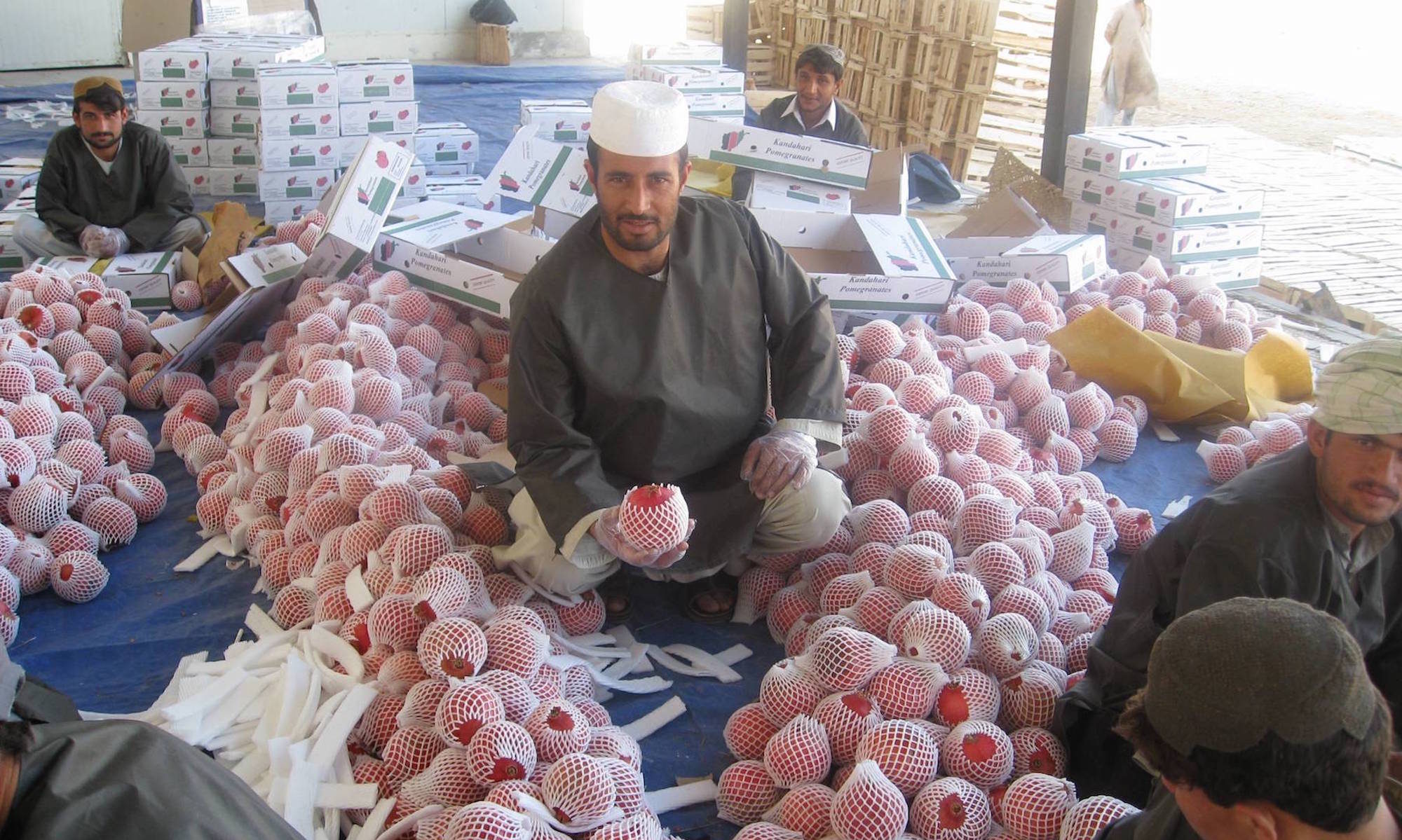As major wars have become uncommon over recent decades and the efficacy of economic sanctions is questioned, foreign military intervention seems to have become increasingly prevalent on the international scene. Military intervention has also gained a degree of moral legitimacy, as it is now often launched for humanitarian ends rather than simply to further the intervener’s strategic or material interests. Despite the apparent increase in the use of foreign military intervention as a policy tool in recent years, the quantitative international conflict literature continues to operate without either a comprehensive or a current inventory of foreign military interventions. The authors attempt to fill this gap by updating Pearson & Baumann’s International Military Intervention (IMI) dataset from 1989 to 2005. IMI has a number of attributes that should make it attractive to quantitative international conflict scholars. One is that it is one of a small handful of interstate conflict datasets that attempts to discern the motives behind state uses of force. Also, its substantive coverage is broad, allowing researchers to separate out and focus on the forms of intervention (supportive, hostile, humanitarian, territorial, etc.) that are relevant to their research. As a preliminary validity test of the updated data, the authors analyze patterns of Cold War and post-Cold War military intervention in the IMI collection to see if they correspond with conventional wisdom on real world events.

INSCT Postconflict Research Database
The Institute for National Security and Counterterrorism's Postconflict Research Database & Analysis Project stores cross-indexed bibliographic information on hundreds of journal articles, books, book chapters, and case reports that address the broad, interdisciplinary fields of postconflict reconstruction, stabilization, and peacebuilding.
22 Replies to “The International Military Intervention Dataset: An Updated Resource for Conflict Scholars”
Comments are closed.